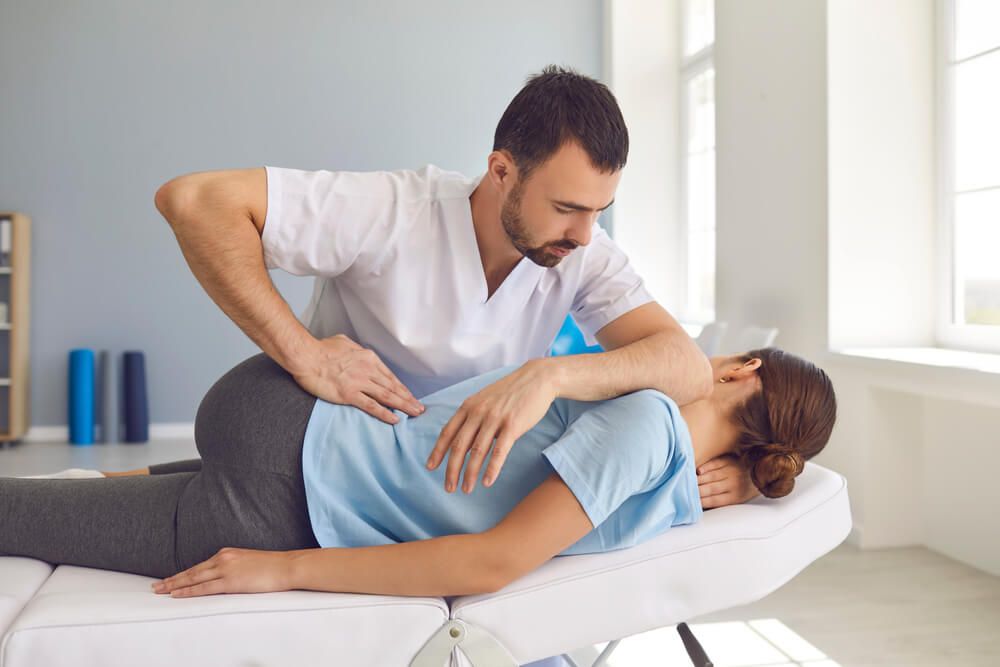Osteopathic Manual Medicine (OMM), also known as Osteopathic Manipulative Medicine, is a core aspect of osteopathic medicine, which emphasizes the interrelationship between the body’s structure and function, and its ability to heal itself. OMM involves using the hands to diagnose, treat, and prevent illness or injury. Here’s a more detailed look at what OMM entails:
Core Principles of Osteopathic Medicine
- Holistic Approach: The body is viewed as an integrated whole, rather than just a collection of parts. This approach considers the physical, emotional, and social aspects of health.
- Self-Healing: Osteopathic medicine recognizes the body’s intrinsic ability to heal itself. OMM aims to support and enhance this natural process.
- Structure and Function: There is a strong emphasis on the relationship between the body’s structure (anatomy) and function (physiology). Dysfunction in one can affect the other.
OMM involves a variety of hands-on techniques designed to:
- Diagnose structural and functional issues in the body.
- Restore balance and enhance the body’s natural ability to heal.
- Improve mobility, reduce pain, and optimize overall health.
OMM includes a wide range of techniques, each tailored to the patient’s specific needs:
- Soft Tissue Techniques: Involves stretching, pressure, and traction applied to the muscles and soft tissues.
- Myofascial Release: Focuses on relieving tension and restrictions in the fascial tissues.
- Cranial Osteopathy: Gentle manipulations of the skull and its connections to the spine and nervous system.
- High Velocity, Low Amplitude (HVLA) Thrusts: Quick, therapeutic movements to restore joint mobility.
- Muscle Energy Techniques: Patients actively use their muscles against a controlled counterforce.
- Counterstrain: Identifying tender points and positioning the body to relieve pain and reduce muscle spasms.
OMM can be beneficial for a variety of conditions, including:
- Musculoskeletal pain (e.g., back pain, neck pain, joint pain)
- Headaches and migraines
- Respiratory issues (e.g., asthma)
- Digestive disorders (e.g., irritable bowel syndrome)
- Pregnancy-related discomfort
- Sports injuries
- Stress and anxiety
Doctors of Osteopathic Medicine (DOs) are fully licensed physicians trained in all aspects of modern medicine, including OMM. Their education includes:
- Four years of medical school with additional training in osteopathic principles and practices.
- Residency programs that can be in any specialty, during which they may continue to develop their skills in OMM.
DOs can integrate OMM with conventional medical treatments, providing a comprehensive approach to patient care. They often work in primary care, but many also specialize in areas like surgery, pediatrics, or emergency medicine.
Osteopathic Manual Medicine is a distinctive approach within osteopathic medicine that uses hands-on techniques to diagnose and treat various conditions, supporting the body’s natural ability to heal. It underscores the holistic philosophy of osteopathic medicine, addressing the interconnectedness of body systems and the importance of overall well-being.

